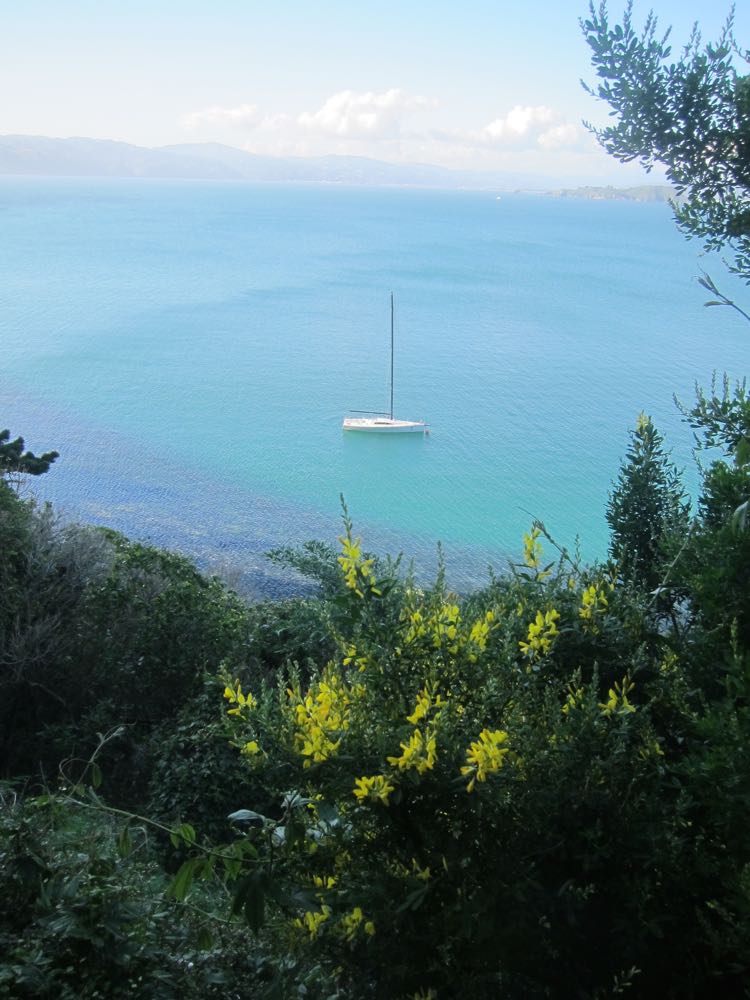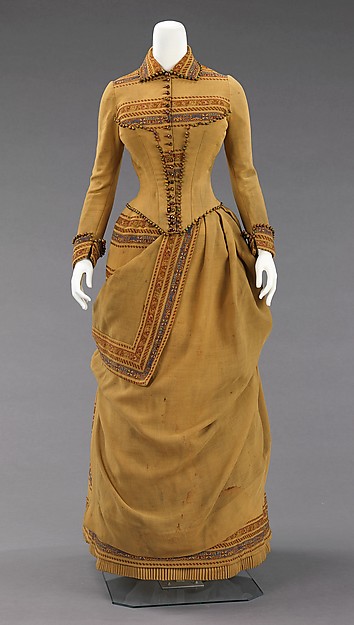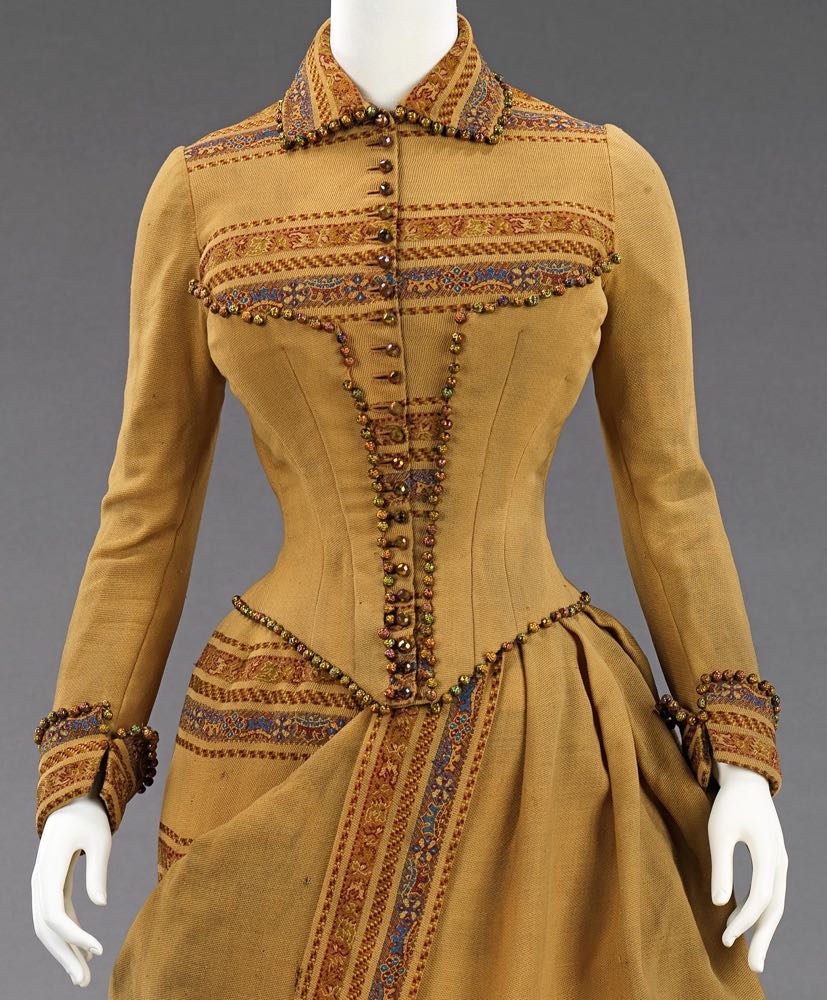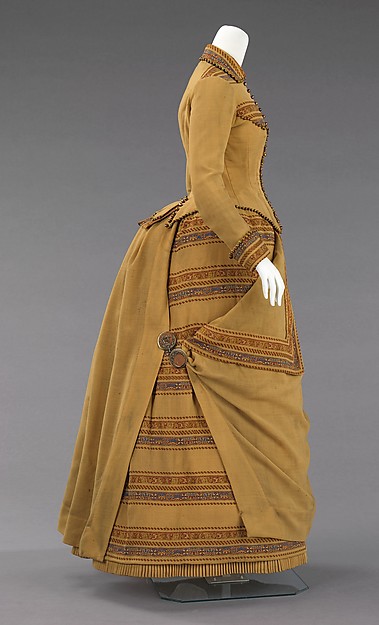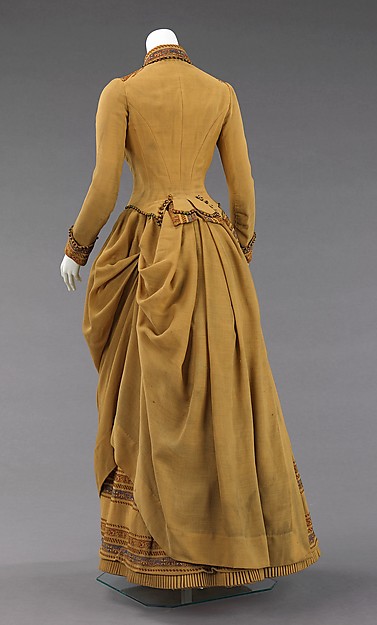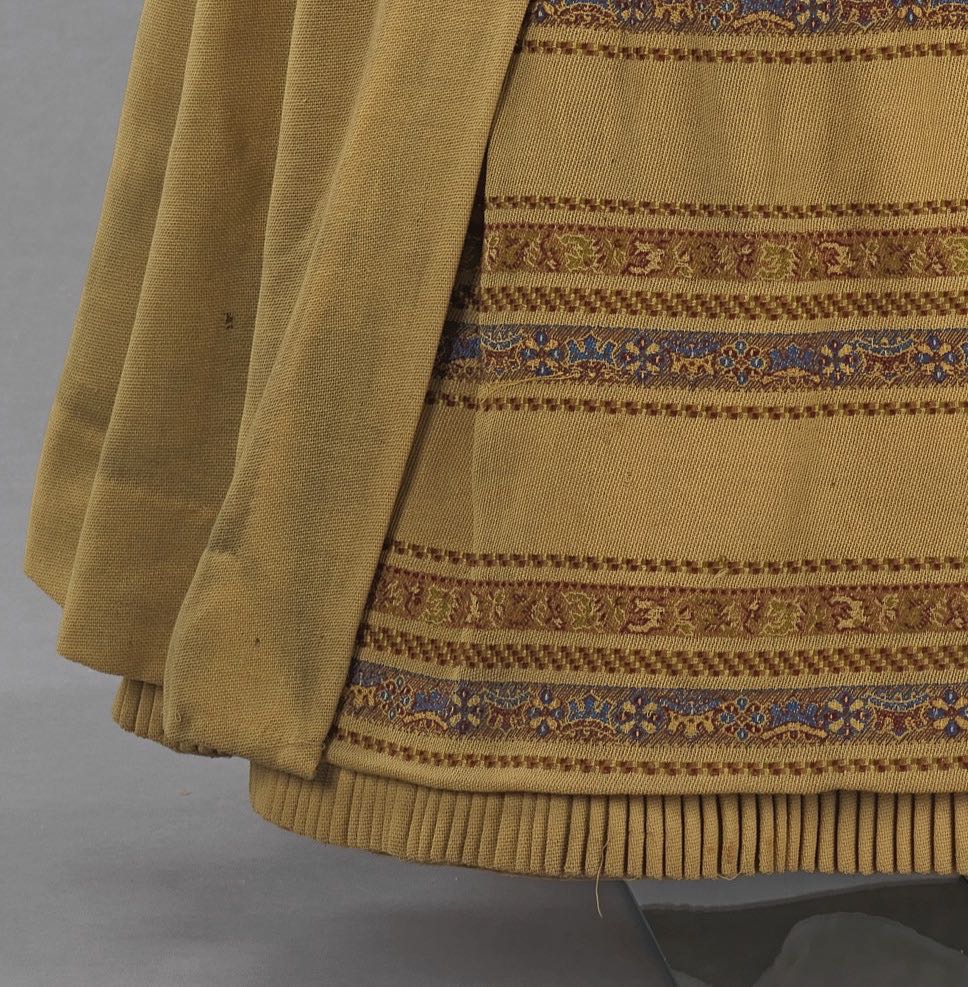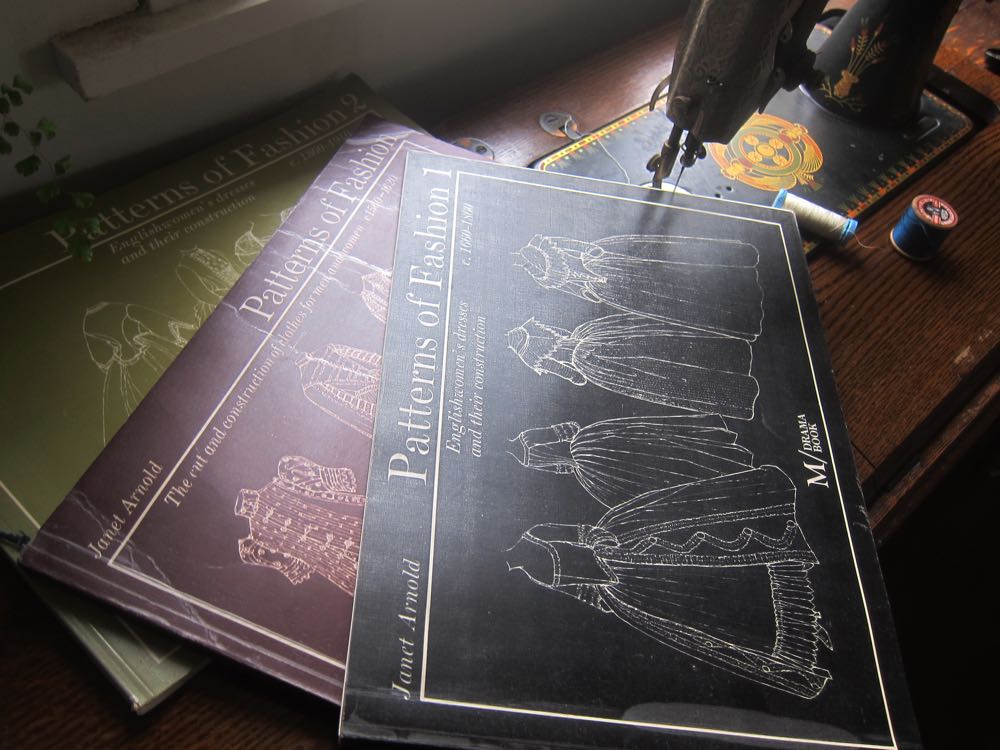I was going to write about a five of my historical heroes for the Historical Sew Monthly ‘Heroes’ challenge, but when I started writing, I found I had enough to say about just one hero to fill a post.
My parents encouraged my love of history and reading from a very young age, and my bookshelves were full of books about great heroes for a young girl: biographies of Mary McLeod Bethune, Queen Victoria, Julia Ward Howe, Marie Curie, Sacagawea, Ada Lovelace, Angela Burdett-Coutts, Sojourner Truth, Mary Wollstonecraft, Zenobia, Louisa May Alcott, Florence Nightingale, Mother Jones, Elizabeth Blackwell, Ida Tarbell, Susan B. Anthony, Isabella Bird…
I had lots of heroines to choose from, and I admired them all (though as an adult, I’ve come to realise that many of them were much more complicated figures than was described in the juvenile biographies I read), but there was one that I always came back to, and that, while my life has very little in common with hers, has had the biggest impact on who I have become as a person: poet, feminist, Baha’i heroine and martyr, Táhirih Qurratu l-‘Ayn.
In recounting her life, I’m going to try to be as accurate as possible, without getting too bogged down in the complicated political and religious intricacies of mid-19th century Persia. There are no known images of Táhirih, so I’ve illustrated this with photos of Wellington in early spring.
Táhirih was born in what was then Persia (now Iran), sometime between 1814 and 1817. The daughter of a wealthy cleric, she was raised surrounded by material privilege, and, very unusually for a girl of the place and period, was given a thorough education. From a young age she was considered something of a genius, and under her fathers tutelage she acquired a detailed knowledge and understanding of Islamic theology, Persian literature, and legal jurisprudence.
Although her father had defied social conventions when he taught her, he did not do the same when it came to marriage, and at age 14 she was forced into an arranged marriage with her cousin. The marriage was an unhappy one: Táhirih wanted to continue her studies, to teach, and to travel, and her husband wanted her to bear children, remain at home, and live a life devoid of anything noteworthy.
While her husband attempted to constrain her life, Táhirih secretly continued her studies by using the libraries of more sympathetic and liberal members of her family, and also set a fashion for scholarship among the upper class women of Qazvin (much to the annoyance of her husband). Through another male cousin she encountered the writings of Shaykh Ammad and Sayyid Kazim, which predicted the immanent return of a messiah. These writings exactly fit with Táhirih’s reading of the Quran, and she began corresponding with Sayyid Kazim, to the displeasure of the more conservative half of her family, who saw this viewpoint as heretical.
Matters became increasingly tense between Táhirih and her husband, until finally, in 1843, with her fathers help, she convinced him to let her take her sister on a trip, ostensibly to make a pilgrimage to the Islamic shrines in Karbala (Iraq). Instead, Táhirih left her husband permanently, and went to the home of Sayyid Kazim, also located in Karbala. She discovered he had recently passed away, and undaunted, with his wife’s blessing, took up his scholarship, and began teaching his students. Though she had to teach from behind a curtain, the idea of a woman teacher was still incredibly groundbreaking, and to many, shocking.
Groundbreaking was the template for the rest of Táhirih’s life. In 1844 she encountered the writings of the Bab (very roughly, the John the Baptist of the Baha’i Faith), and instantly recognised him as the messiah the followers of Shaykh Ammad and Sayyid Kazim had been waiting for.
For the remaining 8 years, Táhirih’s life would be devoted to teaching the Baha’i Faith, and, through her actions, demonstrating one of the fundamental teachings of the faith: the equality of men and women. Táhirih saw that women could never be equal if they were forced into marriages as teens, if polygamy continued to be acceptable, if they were not educated, and most of all, if they were still forced to wear the veil. In 1848, at a major conference of Baha’is, Táhirih appeared before the assembled men, removed her veil, and began speaking. She was almost certainly the first woman in the semi-modern Islamic world to unveil herself at a large public gathering, and her action was so astonishing and unprecedented that one attendee immediately attempted to cut his own throat. Táhirih was regarded by the early Baha’is as the epitome of feminine virtue, so, while her actions alienated some, for most they demonstrated that wearing the veil had nothing to do with modesty or virtue. If Táhirih could go without one, and still be absolutely pure at heart, any woman could.
Such actions did not come without consequences. Táhirih and her followers were stoned as they travelled around Iraq and Persia, and even before the unveiling her husband had divorced and denounced her, her uncle had supported slanderous propaganda against her, and her father had imprisoned her in the cellar of his house, in a misguided attempt to protect her, and to attempt to change her mind about the Baha’i Faith.
After the conference she was arrested and taken to Tehran, the capital of Persia, and charged with heresy. Placed under house arrest in the homes of various public officials, she defied her family and the clerics who opposed her by continuing to teach the women of the house, and their guests, attracting admirers and followers. She was so famous for her learning, charisma, and beauty that the Shah (at least 12 years her junior) demanded to see her, and, enamoured, repeatedly offered to marry her if she would renounce the Baha’i Faith.
By this point Táhirih must have known that her beliefs would ultimately lead to her death. She had probably realised it years before. Numerous other early Baha’is had been executed (martyred), often in horribly painful and gruesome ways. The Bab himself was executed in 1850. At any point she could have saved her own life by renouncing her beliefs, or possibly even by agreeing to stop teaching, and to quietly return to her father’s house. Táhirih made the conscious decision that her beliefs were more important than her life or comfort.
Sometime between the 16th and 27th of August, in the dead of night Táhirih was taken from the house where she was imprisoned to a nearby garden and strangled with her own veil (also, possibly worse). She had known beforehand that she would be executed, and she dressed as if she were going to a wedding: as if the event was a celebration. Her last words were:
“You can kill me as soon as you like, but you cannot stop the emancipation of women.”
As much as I admire her as a feminist hero, the message that I take away from Táhirih’s life, every day, is that your values are worth making sacrifices for. If you truly believe in something, you have to be willing to stand by it, even when it’s unpopular, or uncomfortable. She gave her life, so that her message could be better heard, adding to the chorus of women who helped to make the world a place where you and I could choose our own path, in every way.
I am very privileged, and immensely grateful, to live in a time and place where my beliefs are unlikely to put my life in danger. I’ll almost certainly never have to act on my convictions knowing that it will eventually result in my death. But I can still make the world a better place, in small ways, by standing by my convictions, and giving up a little to help others.
Being willing to make sacrifices, big or small, to risk our health, wealth, comfort and safety in the name of what is right, is the best protection the world has against injustice. We saw it in WWII, when a few brave people stood against all those who were willing to turn a blind eye, and said ‘This is not OK’ and risked, and sometimes sacrificed, their lives to save others. We can do it today, when we refuse to mock and deride someone for their choices, even if it means we might be mocked and derided. We can do it today, when we welcome people fleeing war torn countries, and try to give them a safe haven in ours. We might be risking our own safety doing so, but we know we’ll be saving lives, and that knowledge should be enough. Doing the right thing, even if we risk ourselves, is worth it. Táhirih taught me that.
Though Táhirih is one of my greatest heroes, I don’t have any immediate plans to make a garment inspired by her. There aren’t enough resources on mid-19th century Persian fashion available in the West, and I wouldn’t want to make something if it wasn’t absolutely right. I may one day make a Táhirih outfit in a roundabout way though. Sarah Bernhardt was fascinated by her story, and wanted to play her. She asked a number of notable authors to write a play about Táhirih’s life, but none eventuated. Someday I may attempt the costume the Divine Sarah might have worn as Táhirih, had the play she wanted ever eventuated.
The Tahirih Justice Centre, which provides legal, social, and medical services to women fleeing gender based violence and persecution, is named after Táhirih.

